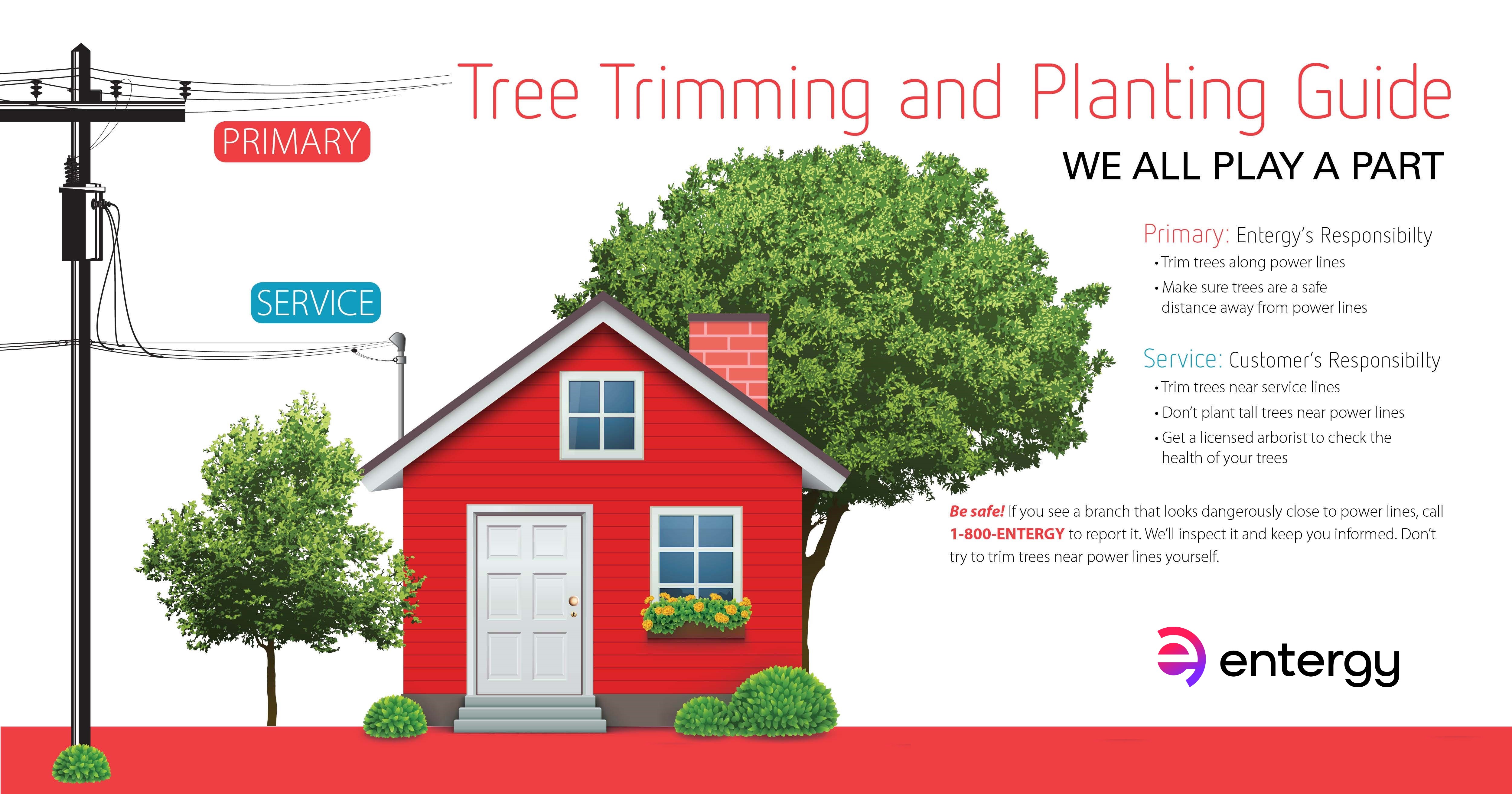Signs Showing The Need For Tree Elimination: Recognizing Risky Trees
Signs Showing The Need For Tree Elimination: Recognizing Risky Trees
Blog Article
Web Content Writer-Lillelund Butcher
When it comes to tree treatment, identifying the indications that it's time for elimination is important for your security and residential or commercial property. https://www.bobvila.com/slideshow/the-dos-and-don-ts-of-planting-ground-cover-52881 could observe blemished fallen leaves, wilting branches, or strange fungal developments indicating illness. How To Prune Fig Trees In Pots , like a significant lean or cracks in the trunk, can also present dangers. Understanding these warning signs can help you make informed choices concerning your trees and protect against potential risks lurking in your backyard. What should you look for following?
Indications of Degeneration and Condition
When you discover signs of decay and illness in your trees, it's important to act swiftly. Search for discolored fallen leaves, wilting branches, or unusual growths like fungi. These can show that your tree is battling.
If you see fractures in the bark or soft, mushy timber, these signs recommend interior degeneration. Additionally, an unexpected boost in parasites around your tree can signal that it's compromised and prone.
Look for any dead or passing away limbs, as they posture a risk to your property and security. If you doubt about what you see, consulting an arborist can supply quality.
Attending to these indicators early can conserve you from more substantial damages and make certain the health of your yard. Do not wait until it's too late.
Structural Instability and Leaning
As you observe your trees, keep an eye out for any type of signs of structural instability or leaning. If a tree leans considerably, it may show that the root system is compromised.
Seek any splits in the trunk or dirt around the base; these can indicate prospective failure. Furthermore, check for uncommon development patterns, like a lopsided crown, which may recommend that the tree is struggling to hold itself upright.
If you notice that the tree favors your home, power lines, or other frameworks, it poses a better threat. Don't disregard these indicators-- seek advice from an arborist to assess the circumstance.
Taking action early can stop costly damages and ensure your safety and security.
Dead or Perishing Branches and Foliage
If you notice dead or dying branches and foliage on your tree, it's a clear sign that something's wrong.
These unhealthy locations can suggest underlying concerns like illness, bug problems, or environmental stress and anxiety. When branches lose their fallen leaves or transform brown, they're no more contributing to the tree's health and wellness. Neglecting these indications might cause additional decrease, making your tree extra harmful.
Dead branches can easily break off during storms, posturing a risk to building and individuals close by. It's crucial to analyze the level of the damage.
If the issue affects a substantial part of the tree, think about consulting an expert. They can help identify if removal is necessary to ensure safety and security and maintain the charm of your landscape.
Verdict
If you see any signs of decay, structural instability, or dead branches on your trees, do not disregard them. These signs can present significant safety and security dangers to you and your residential property. It's constantly best to seek advice from an expert arborist that can provide an expert evaluation of your trees. Taking action early can prevent accidents and pricey damage, guaranteeing your landscape continues to be safe and healthy. Remember, it's better to be positive about tree treatment than to await a disaster to happen.
